Introduction
In the fast-paced and sensitive environment of medical facilities, maintaining patient privacy is paramount. Privacy glass emerges as a modern solution to address this critical need, offering discreet privacy control while maintaining functionality and aesthetics. In this blog, we’ll explore what privacy glass is, how it works, the different types available and issues medical facilities face that privacy glass can solve.
What is Privacy Glass?
Privacy glass, also known as smart glass or switchable glass, is an innovative material that can alter its transparency properties on demand. By applying an electrical current, privacy glass can transition from transparent to opaque or translucent, providing instant privacy as needed. This technology offers a versatile solution for maintaining confidentiality in various settings within medical facilities.
How It Works and the Different Types
Privacy glass operates through the manipulation of particles within the glass, altering its transparency properties. When an electrical current is applied, these particles realign to change the glass from transparent to opaque or translucent. There are several types of privacy glass available, including:
- Electrochromic Glass: Adjusts tint levels using electrical currents, providing gradual opacity control.
- Liquid Crystal Glass: Contains a film with liquid crystals that align to block or transmit light when activated.
- PDLC (Polymer Dispersed Liquid Crystal) Glass: Incorporates liquid crystal droplets dispersed in a polymer matrix, which reorient to control light transmission in response to an electrical current.
Issues Medical Facilities Have That Privacy Glass Can Solve
Privacy glass solutions address several issues faced by medical facilities, including:
- Patient Confidentiality: Privacy glass partitions create discreet areas for patient consultations, examinations, and procedures, ensuring that sensitive medical information remains confidential.
- Efficient Space Utilization: Privacy glass partitions optimize space utilization within medical facilities, allowing for flexible room configurations without the need for permanent walls or partitions.
- Enhanced Patient Experience: Privacy glass enhances the patient experience by creating private and comfortable spaces for interactions with healthcare providers, promoting a sense of dignity and respect.
- Improved Workflow: Privacy glass enables effective communication between medical staff and patients while ensuring privacy, leading to improved workflow and patient care coordination.
- Compliance with Regulations: Privacy glass solutions help medical facilities comply with regulatory standards and guidelines, to protect patient privacy and confidentiality effectively.
Where Can It Be Applied?
Privacy glass can be applied in various areas of healthcare design to enhance patient privacy, comfort, and functionality. Here are some key areas where privacy glass can be utilized:
- Patient Rooms: Privacy glass partitions in patient rooms provide confidentiality during consultations, examinations, and rest periods, ensuring that patients feel secure and respected.
- Operating Rooms: Privacy glass windows or partitions in operating rooms offer discretion during surgical procedures while allowing medical staff to maintain visibility and monitor patient status.
- Consultation Rooms: Privacy glass creates private consultation areas for discussions between healthcare providers and patients or family members, ensuring confidentiality during treatment planning and decision-making.
- Emergency Departments: Privacy glass partitions in emergency department areas provide discreet spaces for patient evaluations, triage, and discussions with medical staff, prioritizing patient privacy and dignity.
- Laboratories: Privacy glass partitions in laboratory areas offer confidentiality for research, testing, and discussions regarding sensitive medical data or findings.
- Rehabilitation Areas: Privacy glass partitions can create private spaces within rehabilitation areas for therapy sessions, evaluations, and discussions between patients and healthcare providers.
- Diagnostic Imaging Suites: Privacy glass can be integrated into diagnostic imaging rooms to offer discretion during procedures such as MRI, CT scans, or mammograms. Patients may feel more comfortable knowing that their privacy is maintained during these sensitive examinations.
- Pharmacy Counters: Privacy glass can be installed at pharmacy counters to provide discretion while patients discuss medication-related concerns with pharmacists or collect their prescriptions.
- Staff Workstations: Privacy glass partitions in staff workstations offer privacy for administrative tasks, discussions, and paperwork processing, ensuring that sensitive information remains confidential.
- Waiting Areas: Privacy glass partitions in waiting areas provide patients with privacy while waiting for their appointments, reducing anxiety and promoting a sense of comfort and dignity.
By incorporating privacy glass into these areas of healthcare design, facilities can create environments that prioritize patient privacy, confidentiality, and overall well-being.
Conclusion
Privacy glass solutions offer a sophisticated and practical way for medical facilities to address patient privacy concerns while maintaining functionality and aesthetics. By incorporating privacy glass into their design, medical facilities can create environments that prioritize confidentiality, respect patient dignity, and enhance the overall patient experience.
Who We Are
Tecdur is the leading manufacturer of smart glass for the UK and Ireland. Tecdur Switchable Glass provides the best clarity, lowest power consumption and lowest haze currently available. We can offer a wide range of specifications to meet project requirements with our switchable glass, cost is dependent on specification, application and design. Please get in contact with us to discuss further.
Please visit our portfolio for a look at completed projects. Keep up to date on our LinkedIn Showcase page

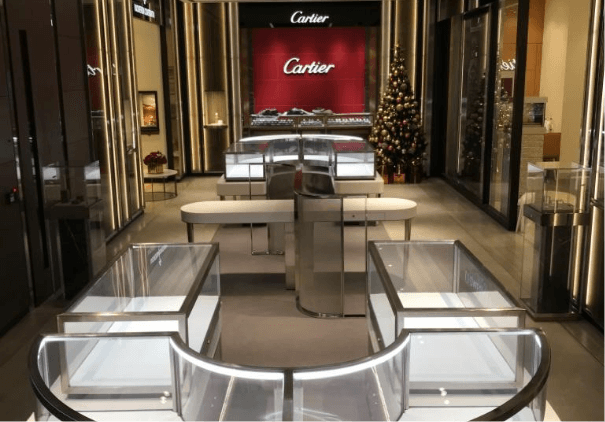
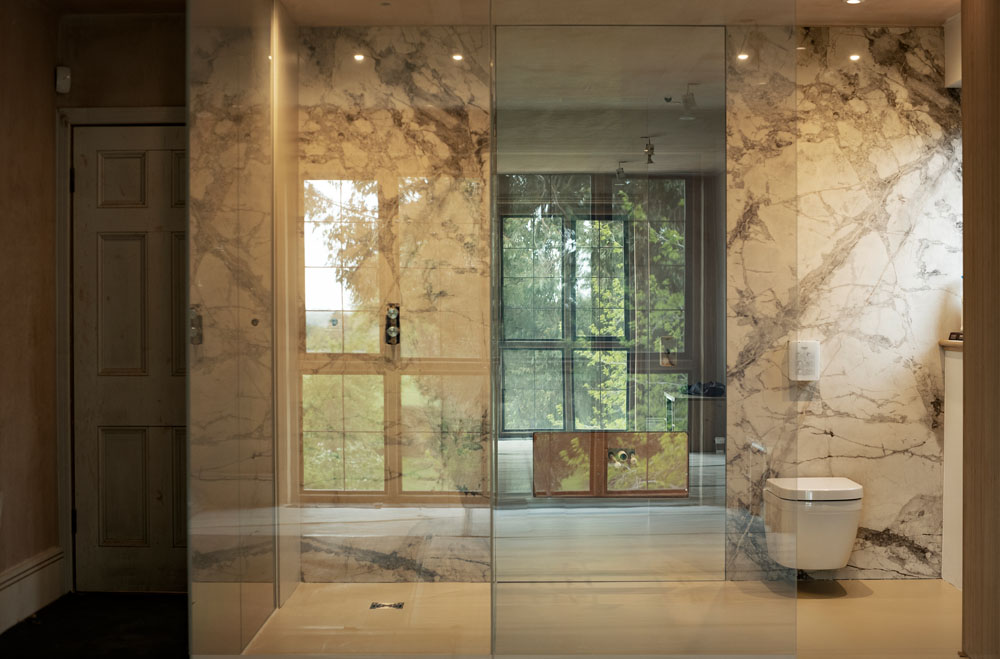
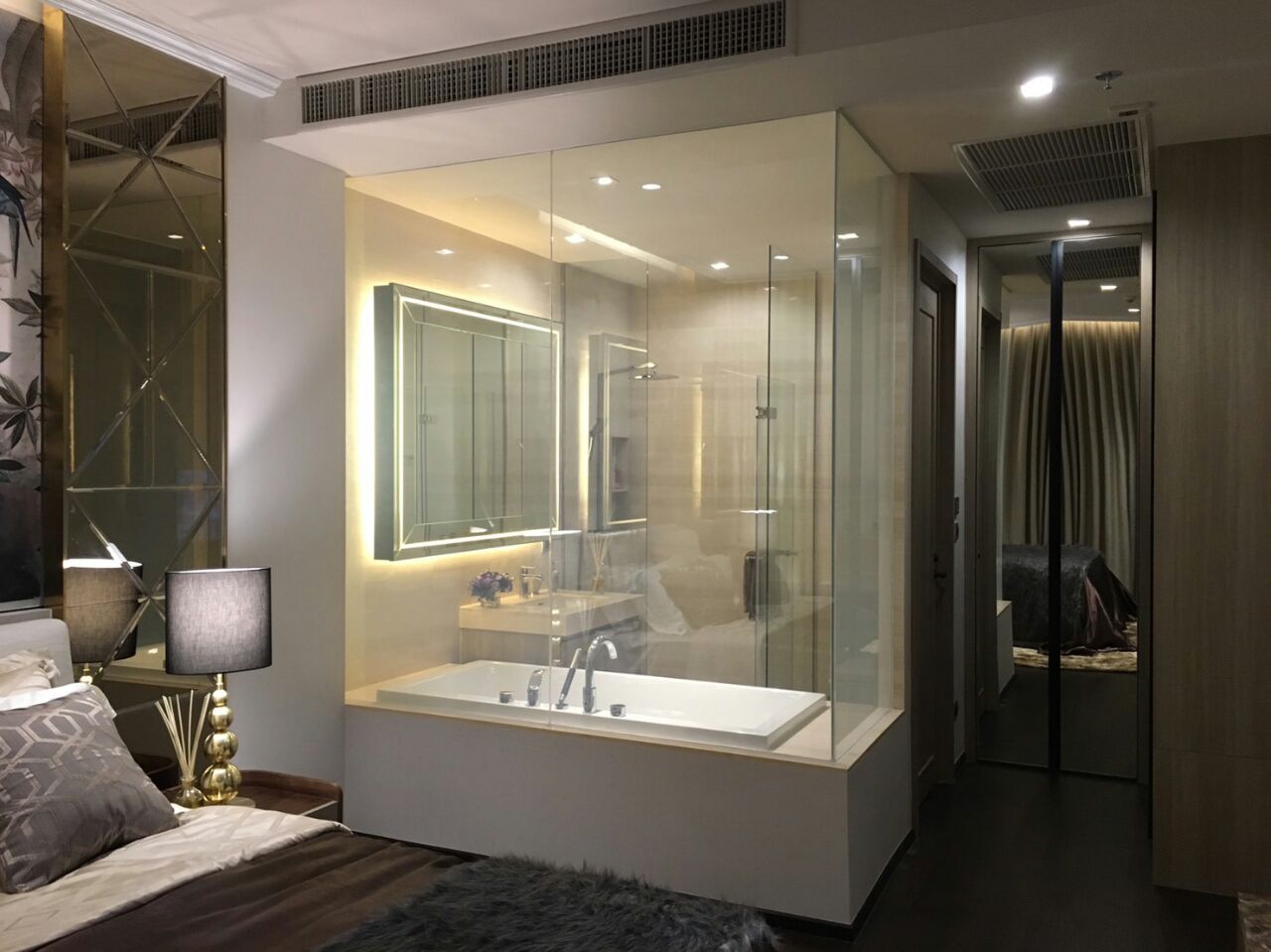
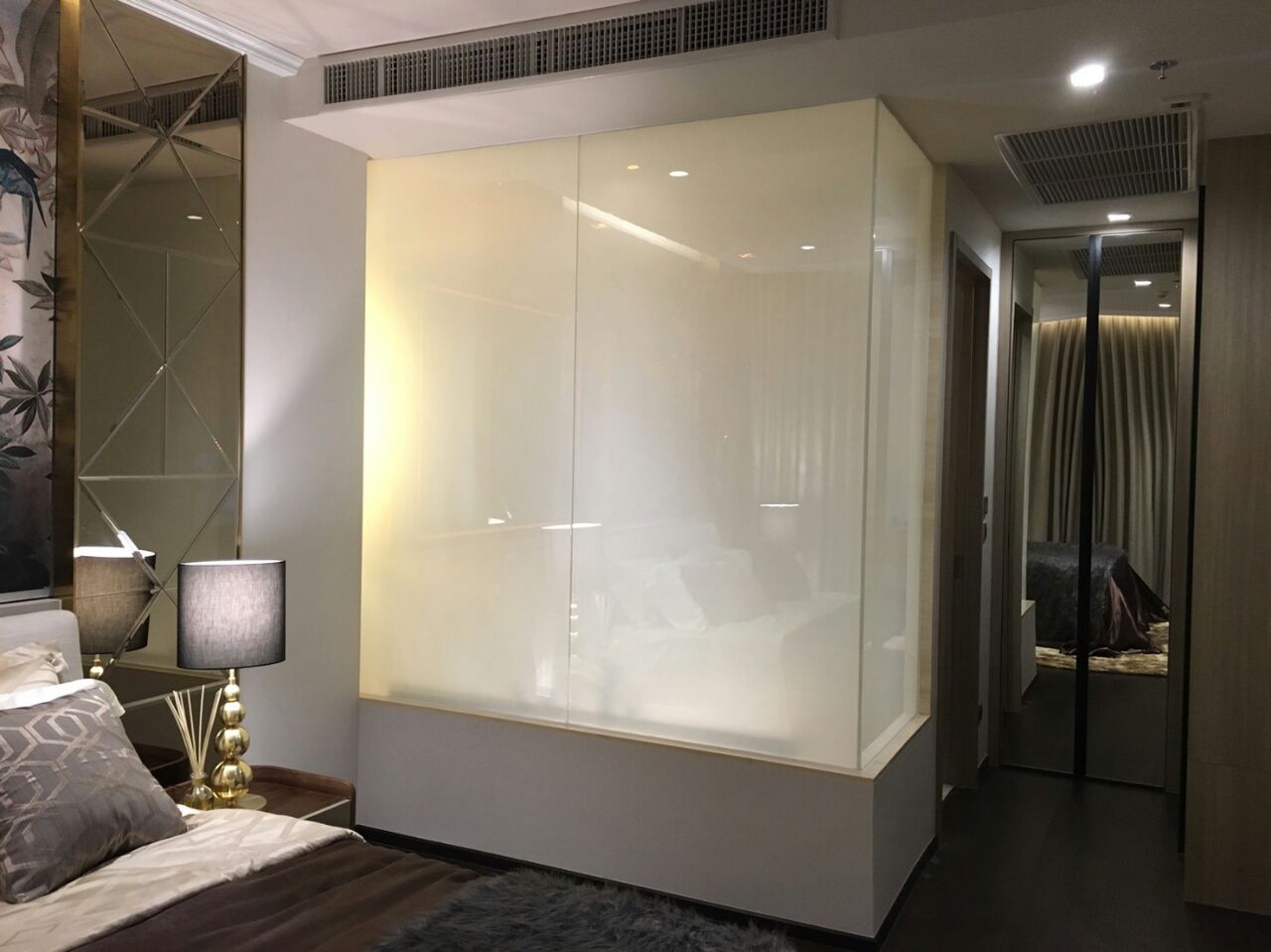
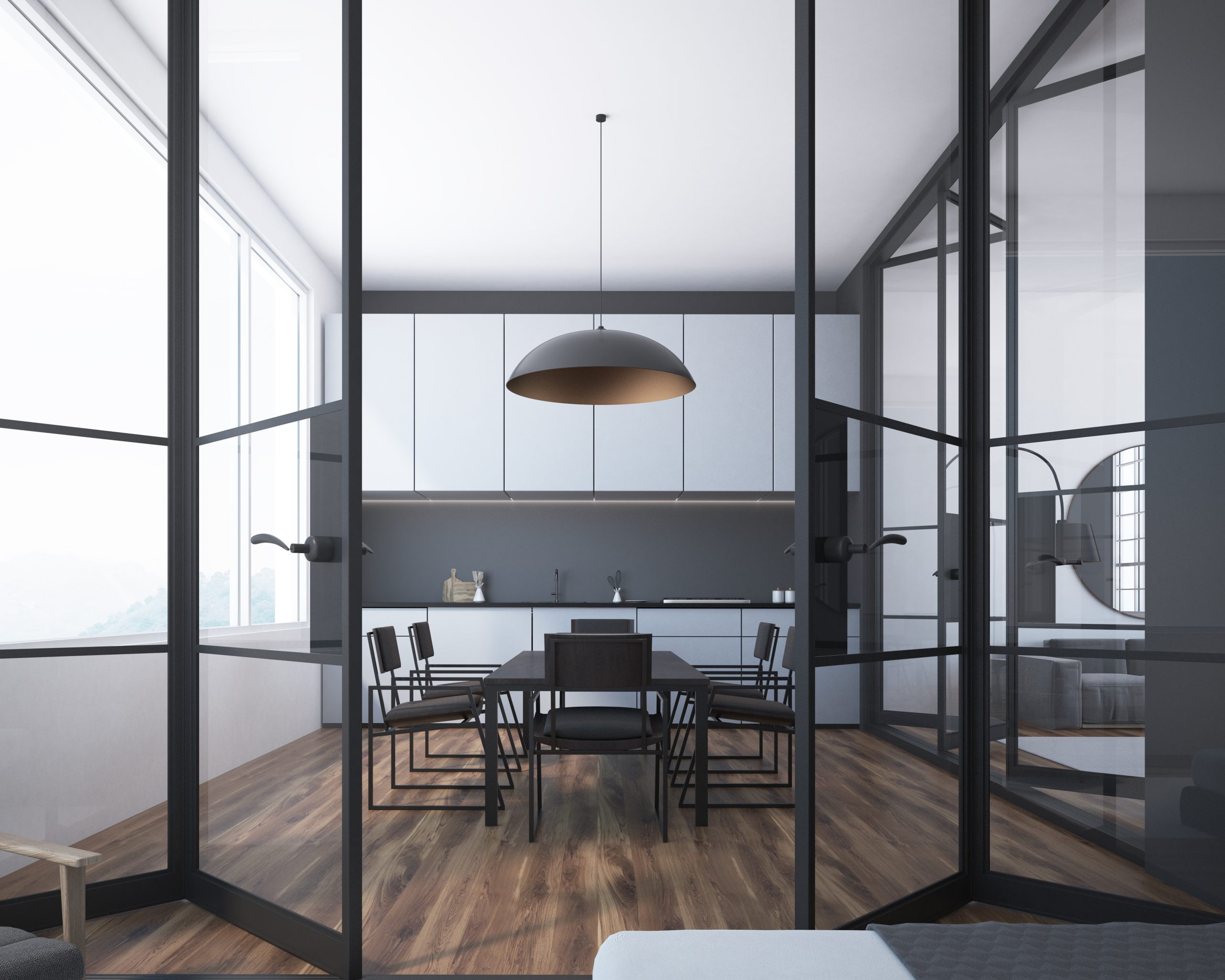
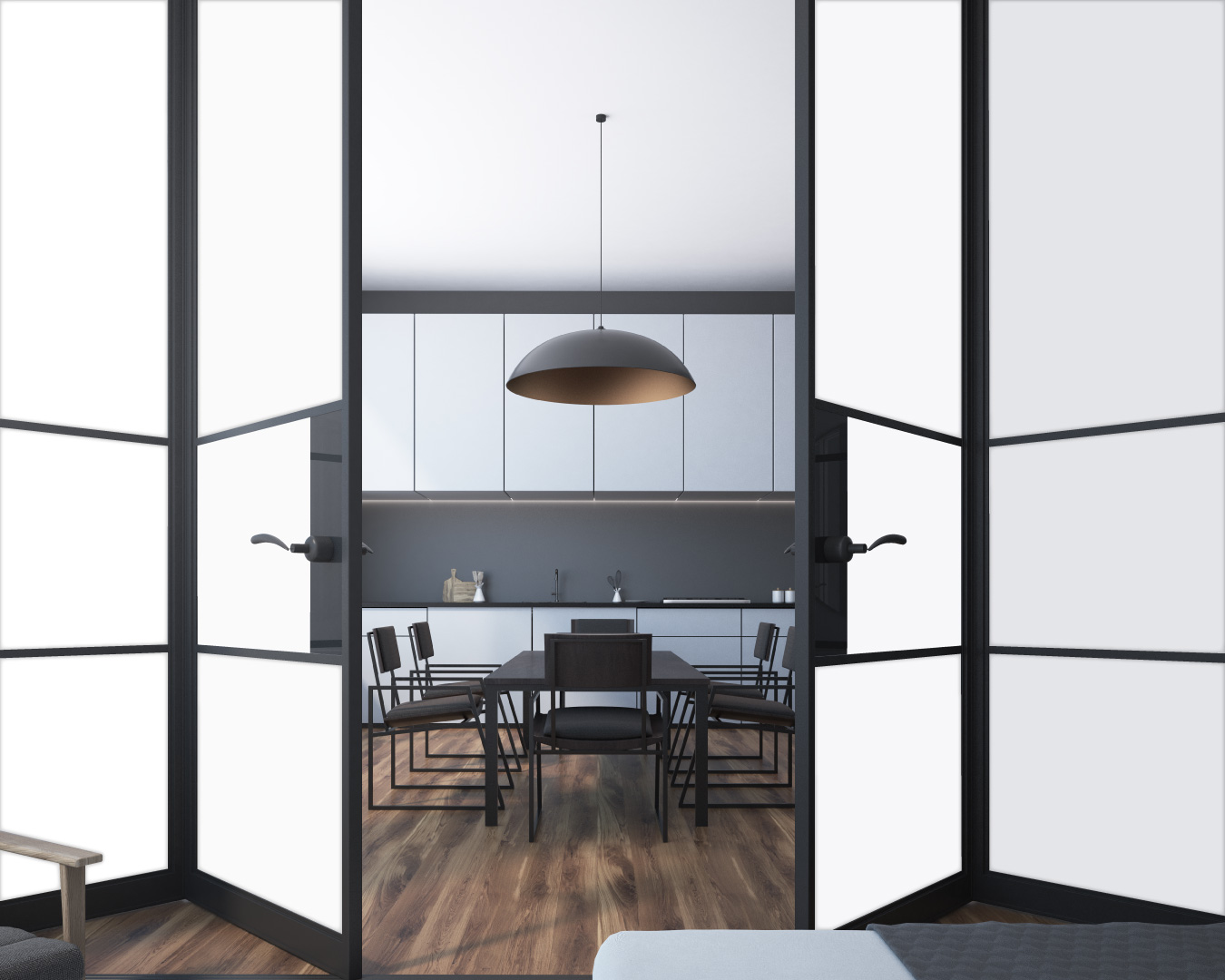
Frequently asked Questions
Our privacy glass works by utilising advanced PDLC (Polymer Dispersed Liquid Crystal) film. When an electrical current is applied, the liquid crystal molecules align, allowing light to pass through, making the glass transparent. When the current is switched off, the molecules mis-align, causing the glass to turn opaque or translucent, providing privacy.
Yes, privacy glass can be customized and applied to various medical facility layouts and configurations to ensure patient privacy and comfort.
Yes, privacy glass can often be retrofitted into existing windows or partitions, providing a convenient upgrade to enhance patient privacy and comfort.
While privacy glass may require occasional cleaning and maintenance, it typically does not have any specialized maintenance requirements beyond regular glass cleaning practices.
Some privacy glass products are designed to regulate sunlight and heat transmission, contributing to energy savings in medical facilities.
Privacy glass operates on electrical systems, so backup power sources should be in place to ensure continued functionality during power outages. Additionally, proper training on its operation and maintenance is essential to address any potential privacy issues effectively.




